Dame Zaha Hadid was a highly influential and acclaimed architect who was born in Baghdad, Iraq, in 1950 and passed away in 2016. She was the first woman to receive the Pritzker Architecture Prize, often considered the most prestigious award in the field of architecture. Hadid is also known for her pioneering work in the field of parametric design, which involves using complex algorithms to create highly intricate and innovative structures. Throughout her career, Hadid designed a wide range of buildings and structures, from cultural institutions and museums to residential complexes and bridges. Some of her most notable projects include the MAXXI Museum of 21st Century Art in Rome, Italy; the Heydar Aliyev Center in Baku, Azerbaijan; and the London Aquatics Centre, built for the 2012 Summer Olympics. Hadid's architectural style was characterized by its bold, fluid forms and dynamic use of space. She often incorporated cutting-edge technology and materials into her designs, creating buildings that were not only visually striking but also highly functional and sustainable. Her work has had a significant impact on the field of architecture, inspiring a new generation of architects to think outside the box and push the boundaries of what is possible in building design.
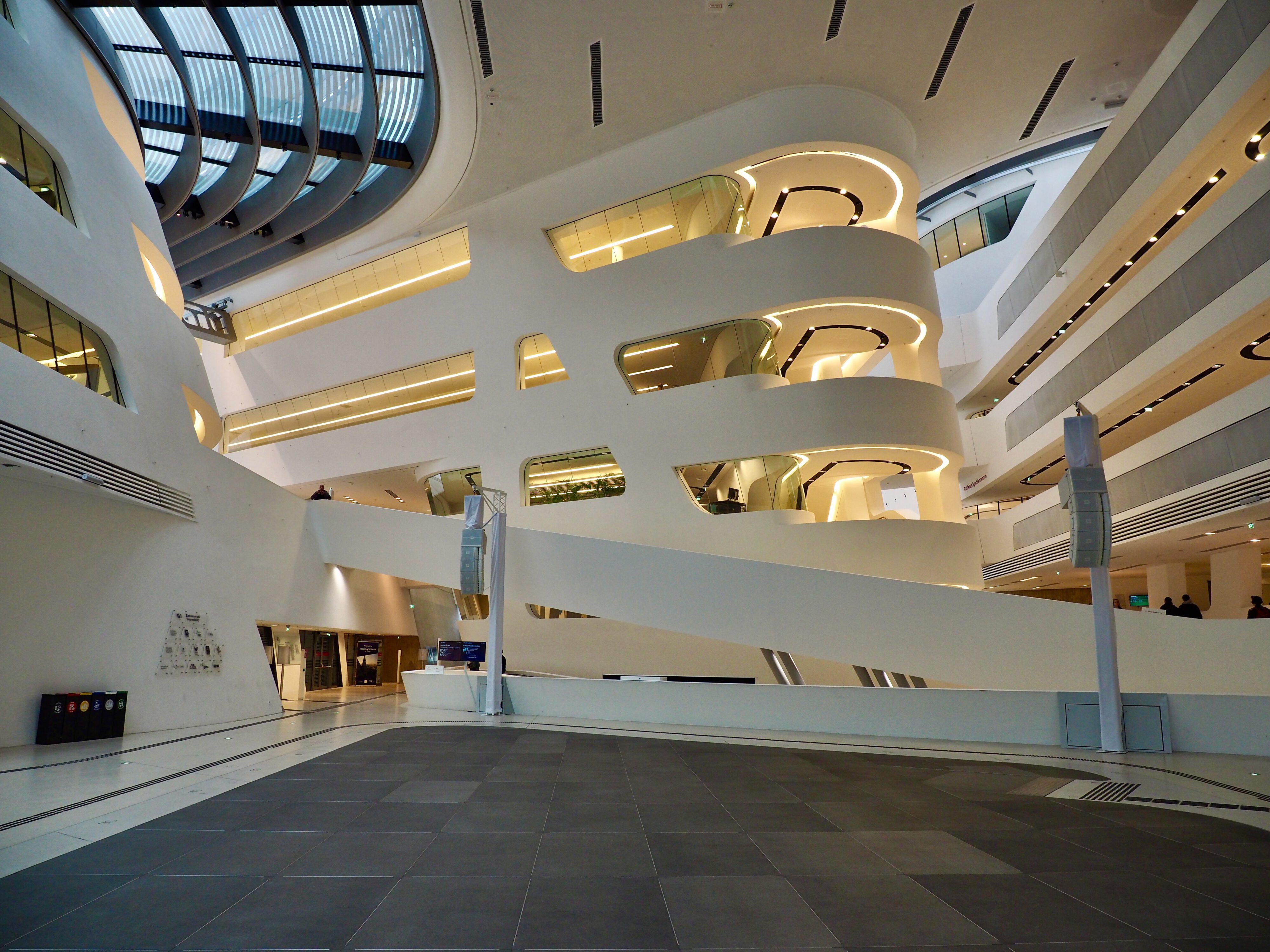
Vienna University of Economics and Business (Wirtschaftsuniversität Wien, or WU Wien) is a modern campus located in the heart of Vienna, Austria. The university’s architecture is designed to blend the old and the new, incorporating a mix of historic buildings and contemporary structures.
One of the most iconic buildings on the WU Wien campus is the Library and Learning Center, designed by the renowned architect Zaha Hadid. The building is characterized by its striking, futuristic design, featuring curving lines and dramatic angles. The Library and Learning Center houses a vast collection of books and other resources, as well as numerous study spaces for students.
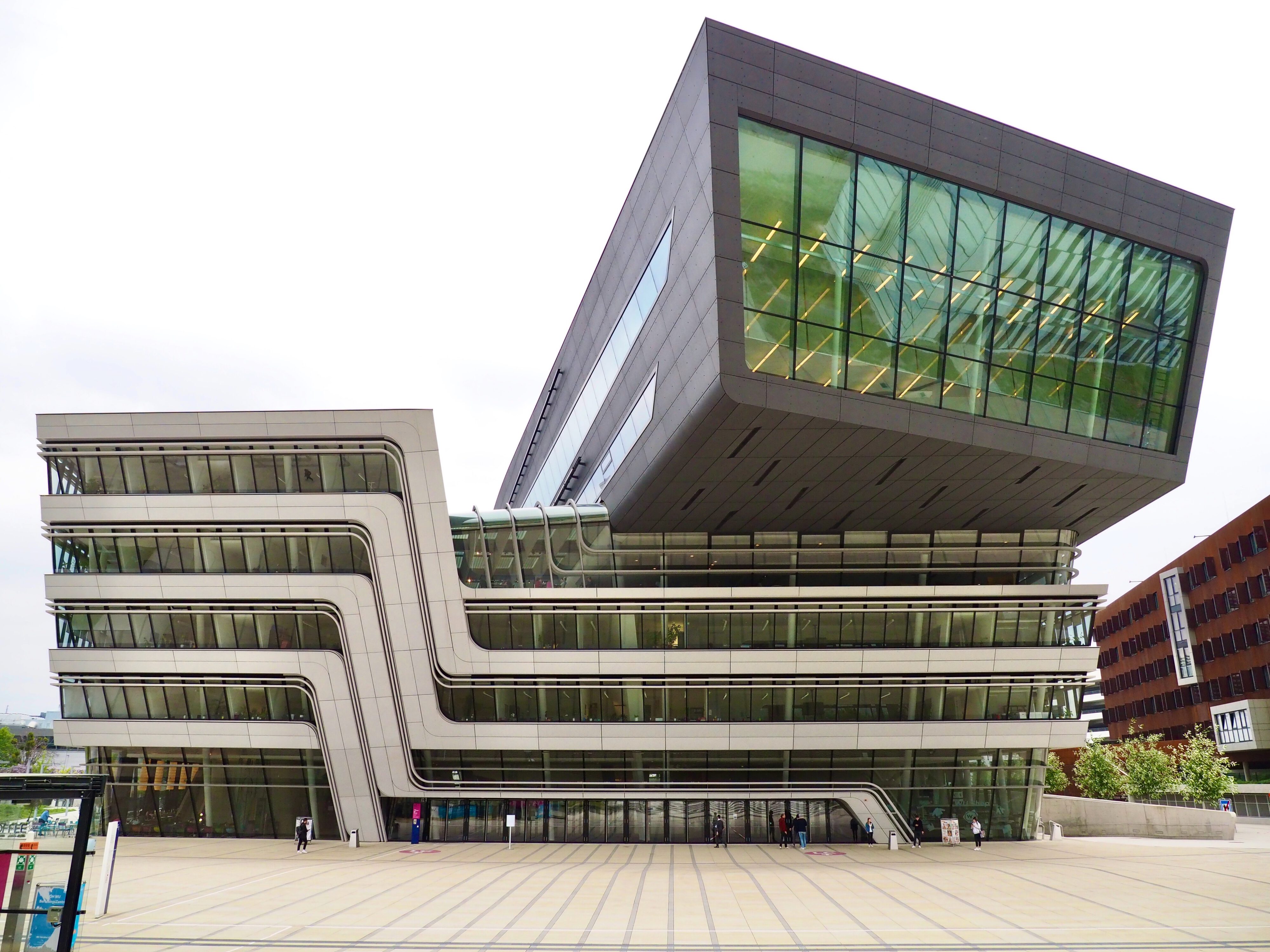
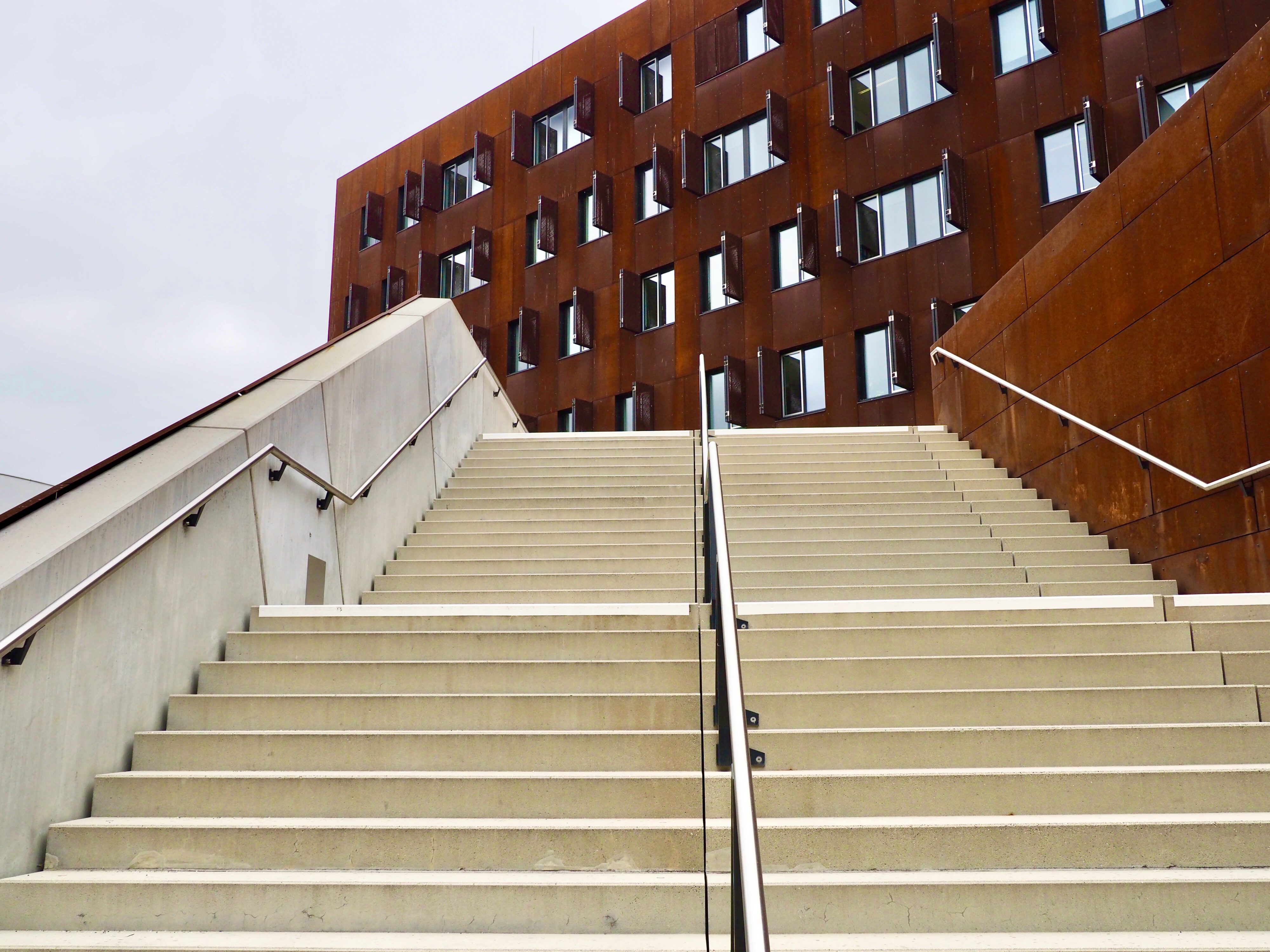
In addition to the Library and Learning Center, the WU Wien campus also features several other notable buildings, such as the Teaching Center, the Executive Academy, and the Administration Building. Each of these structures is designed with a focus on functionality and sustainability, incorporating features such as energy-efficient lighting and ventilation systems.
Overall, the architecture of the WU Wien campus is both aesthetically impressive and highly functional, creating a welcoming and inspiring environment for students and faculty alike.
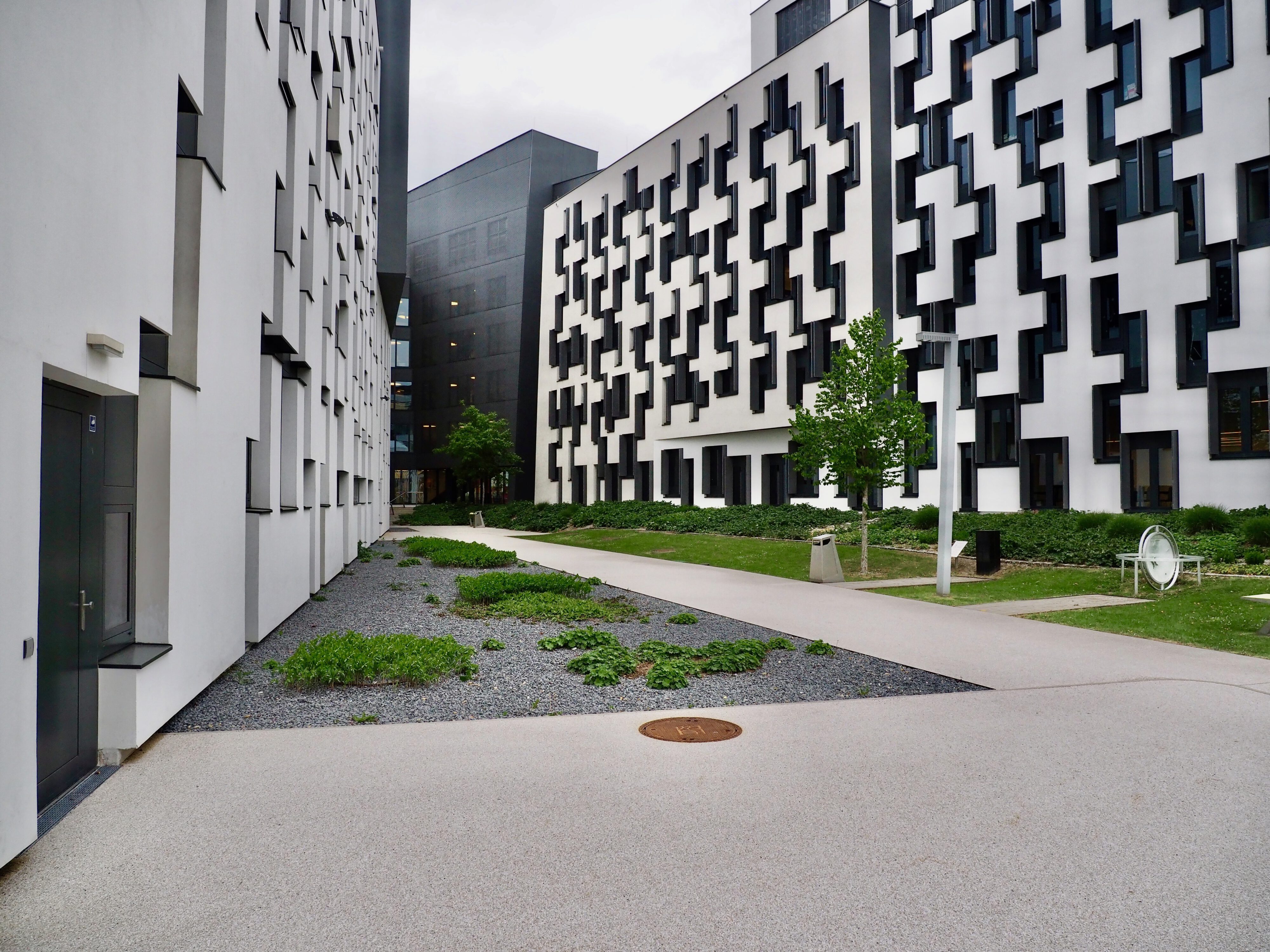
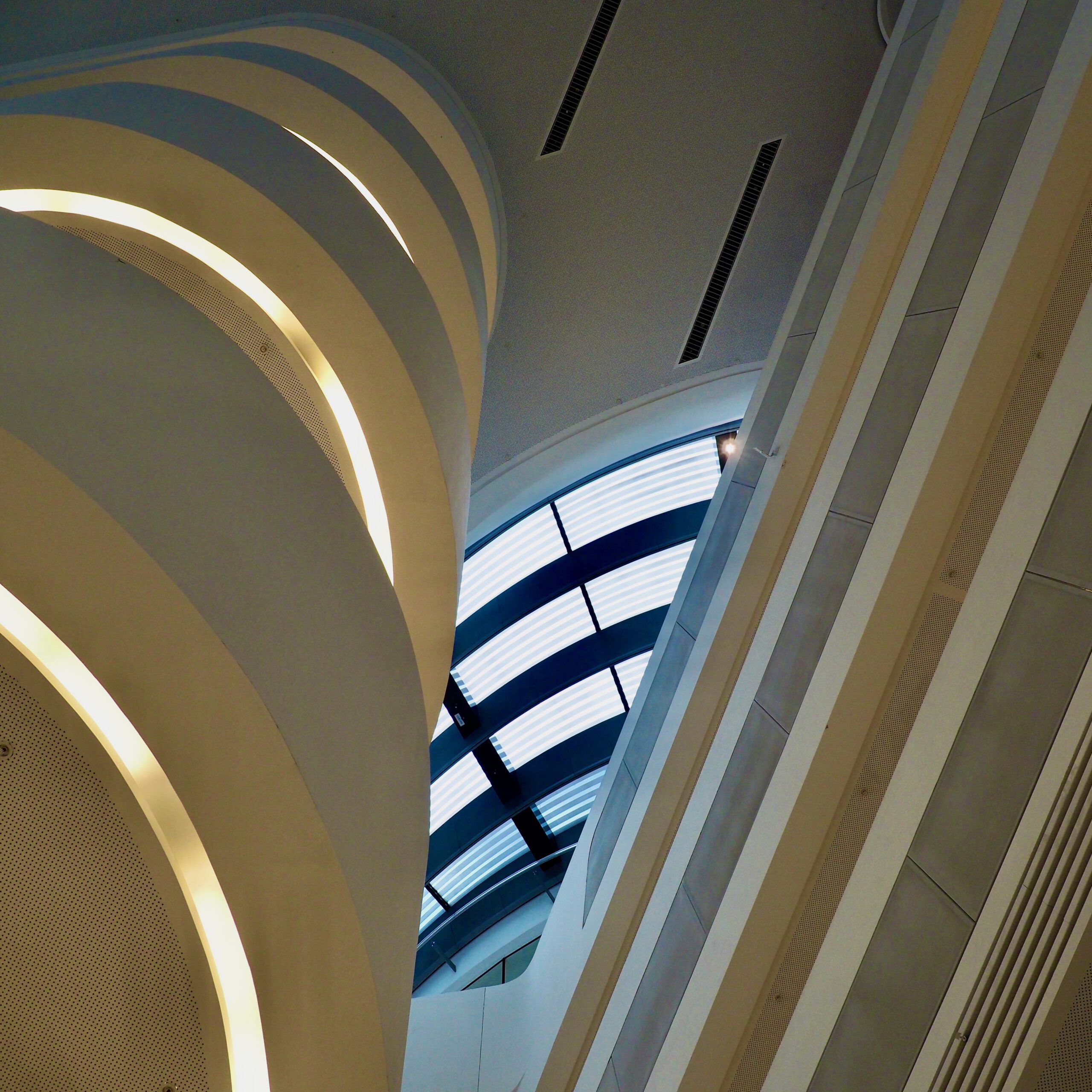
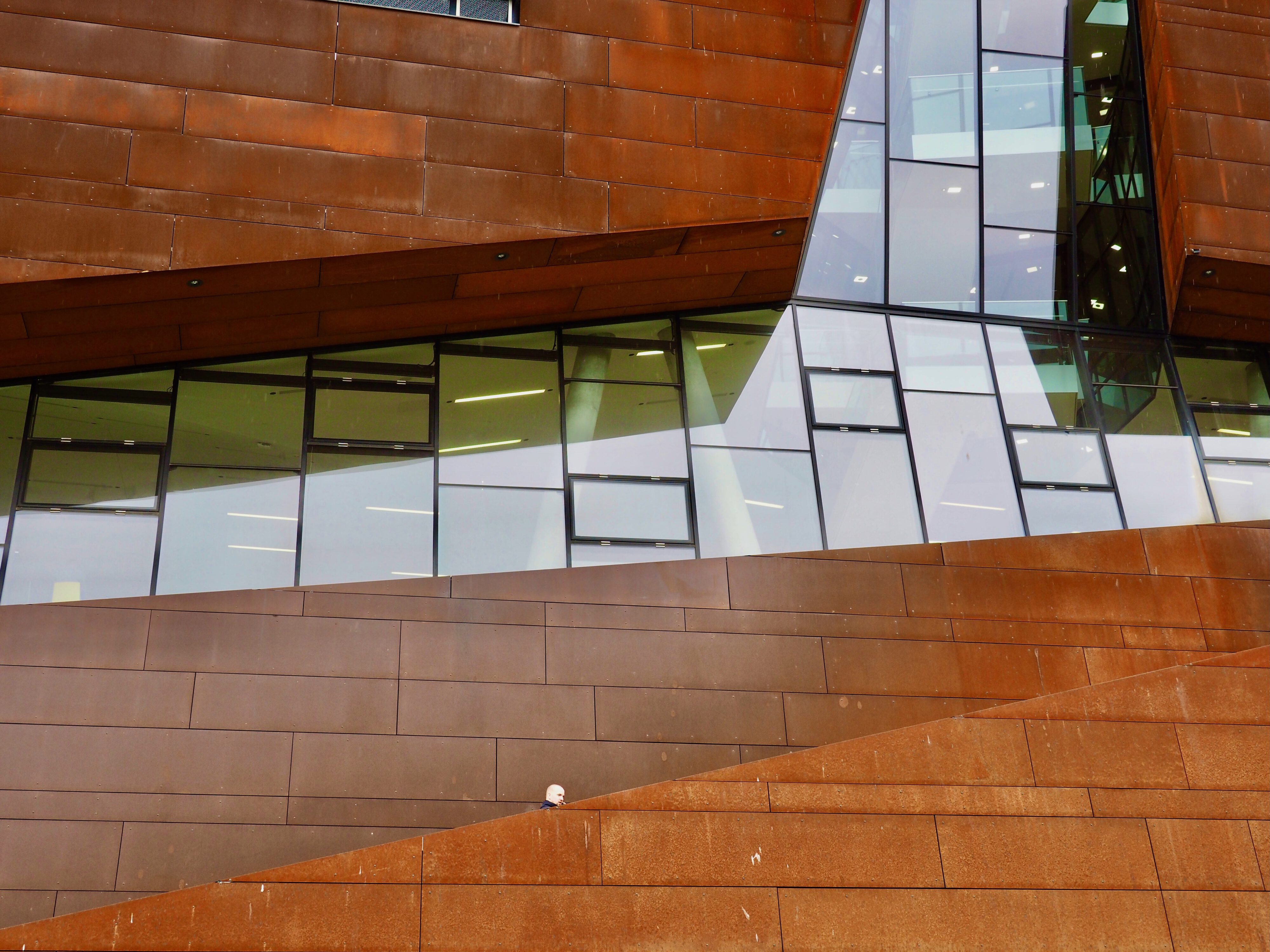
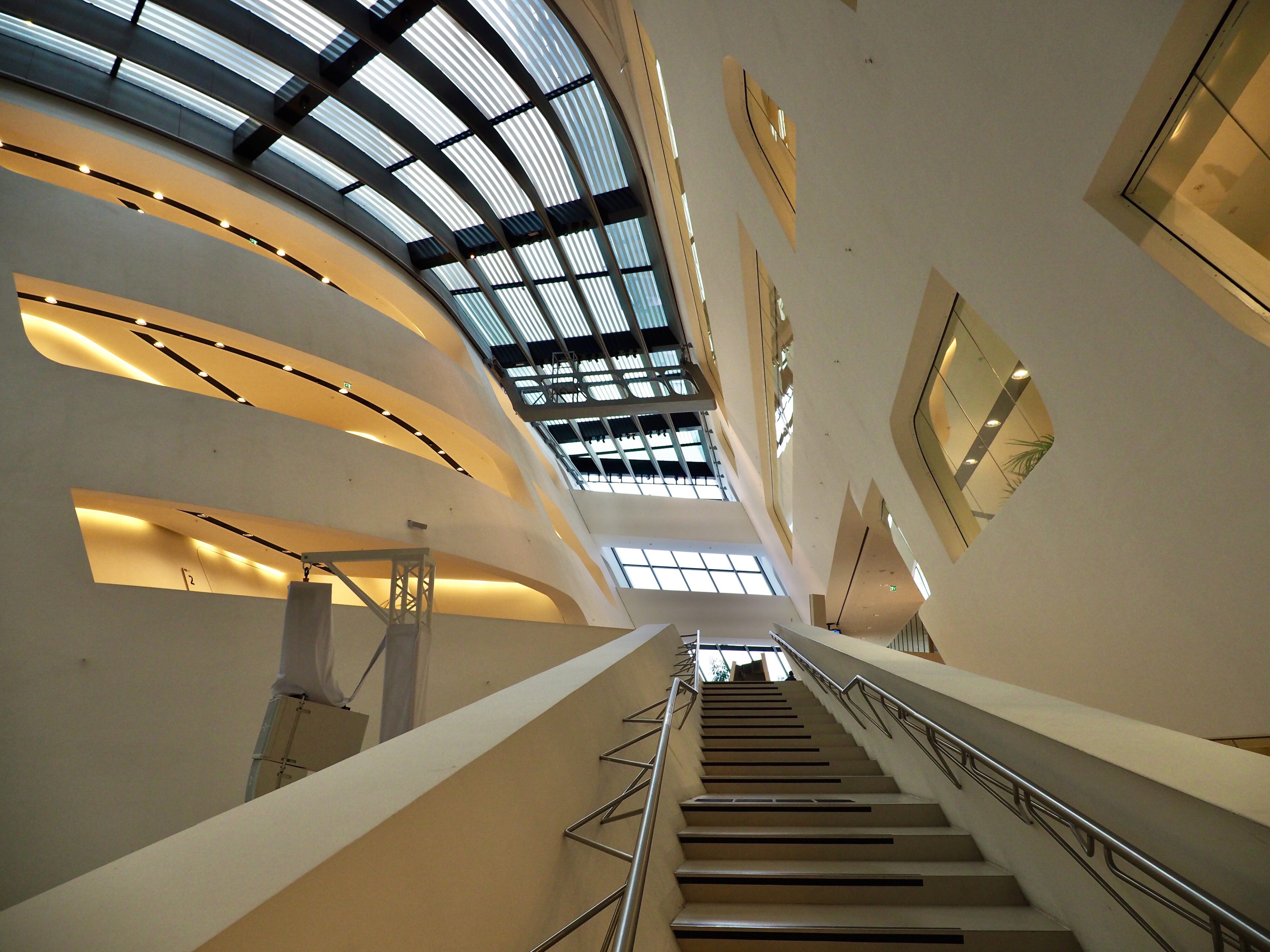
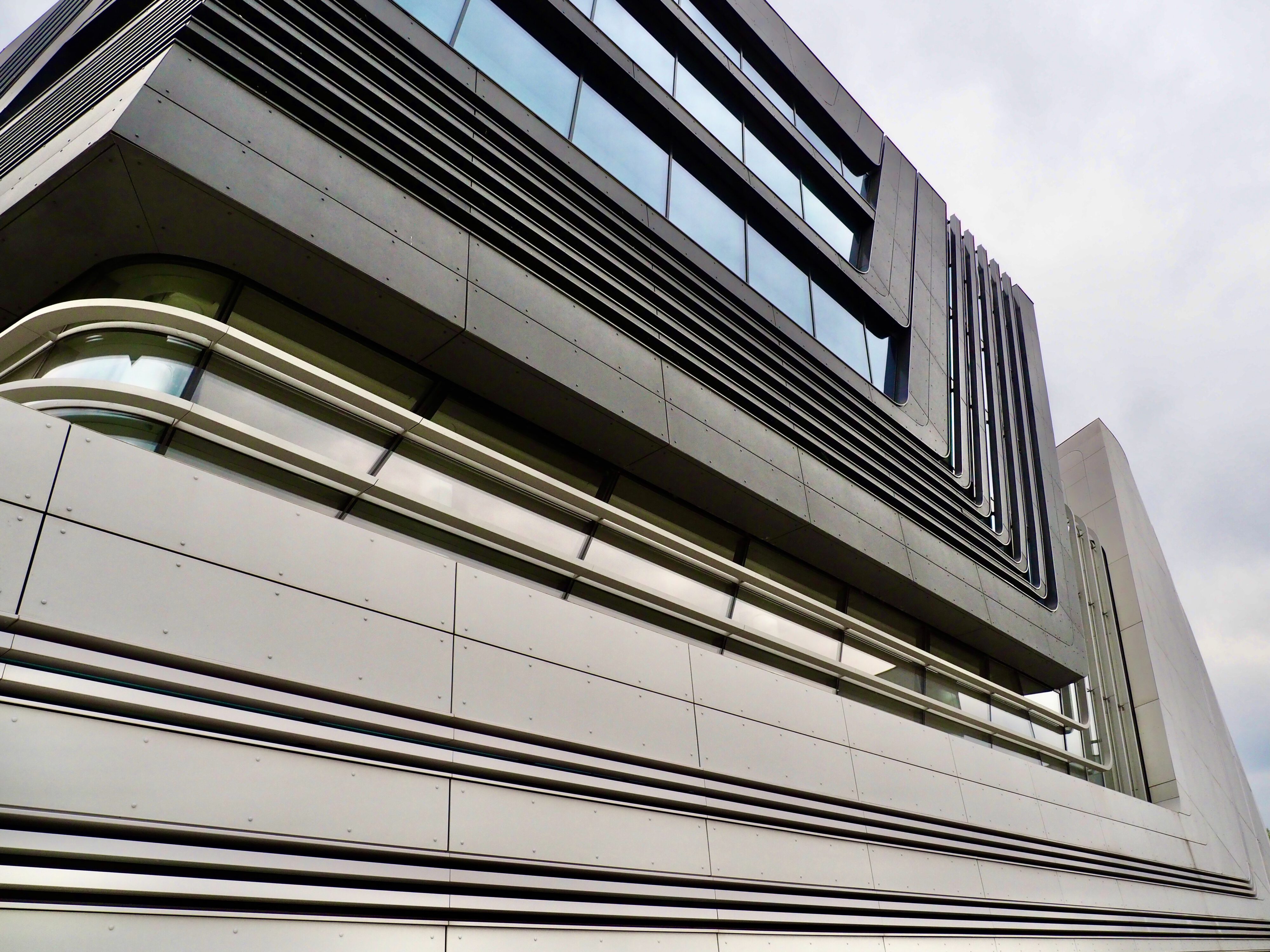
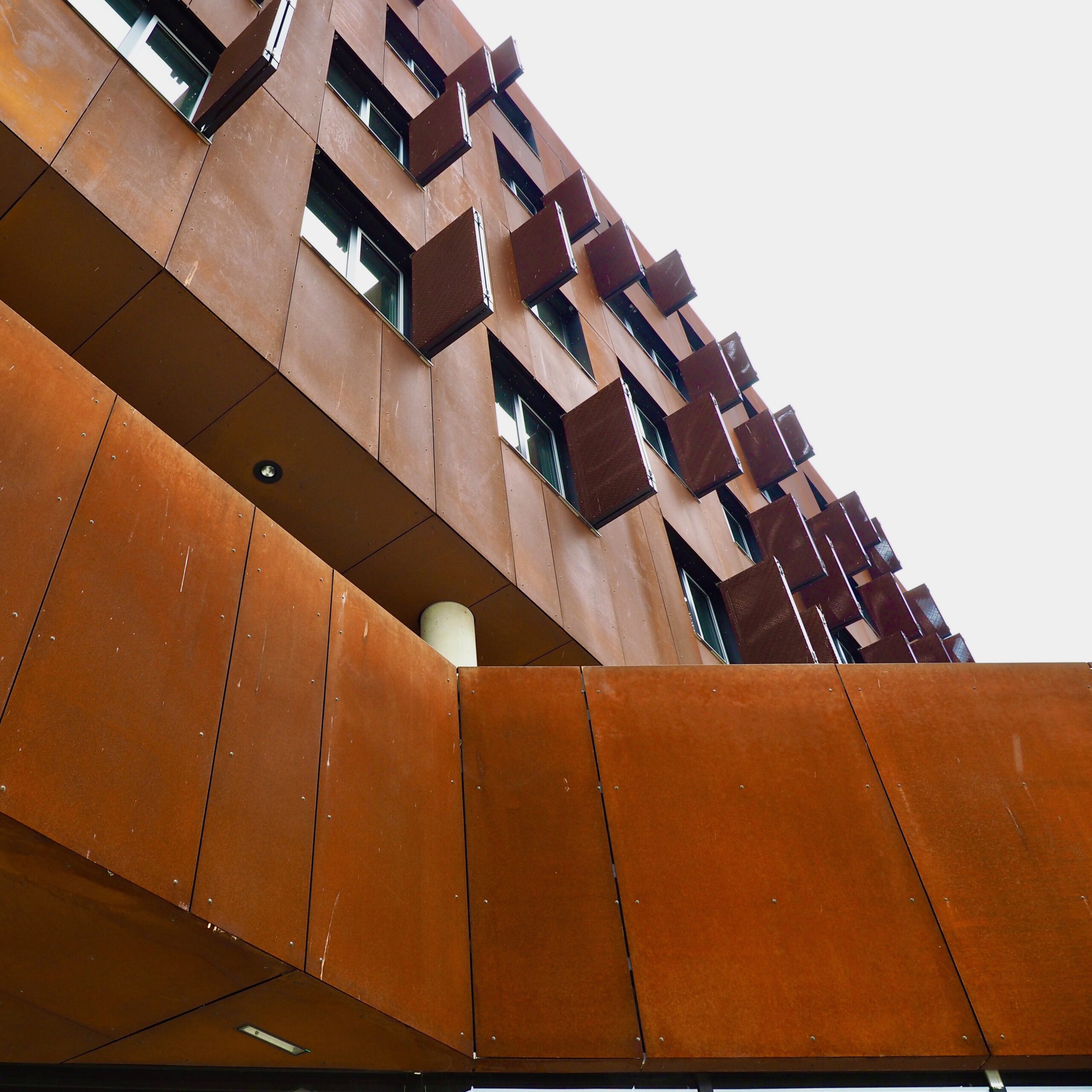
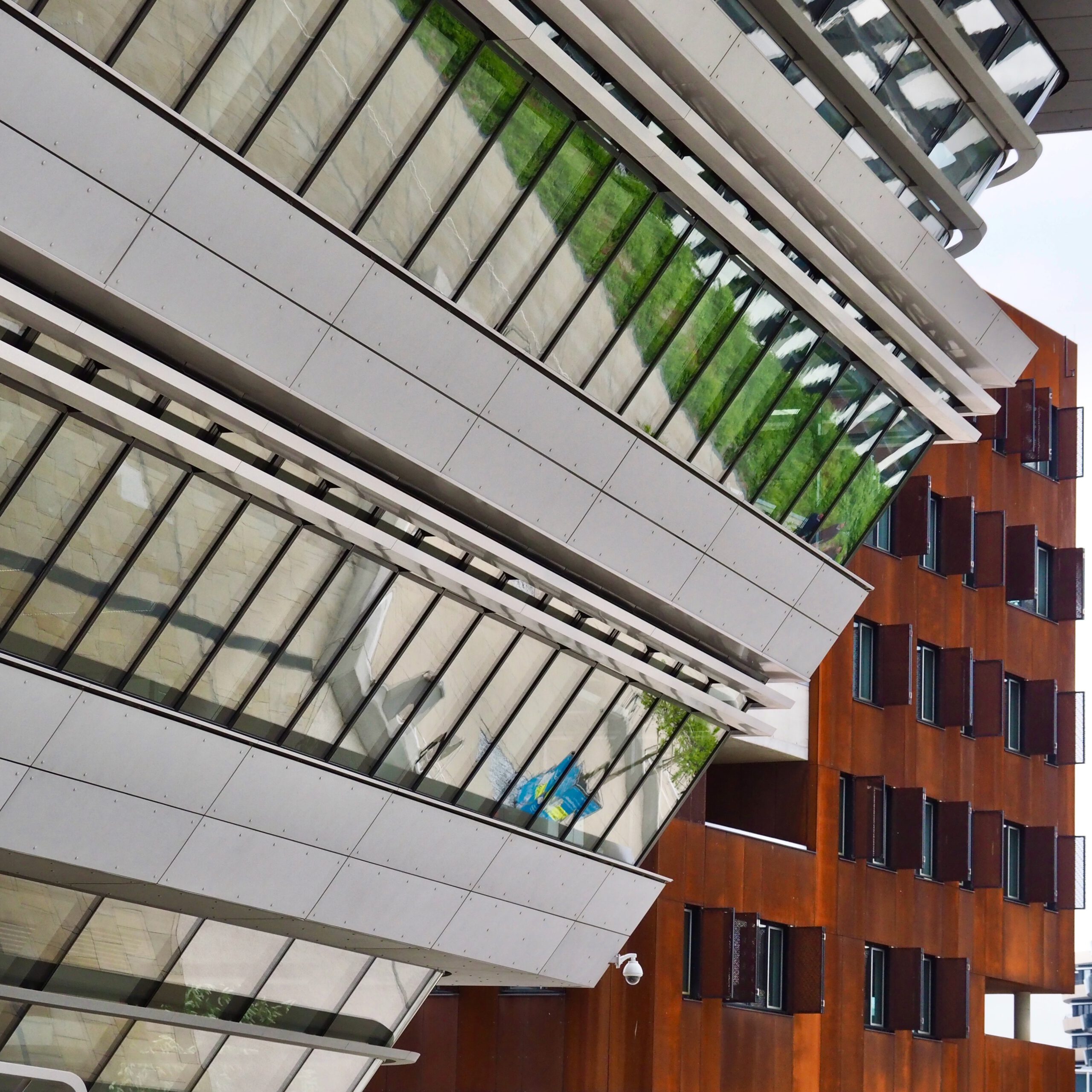

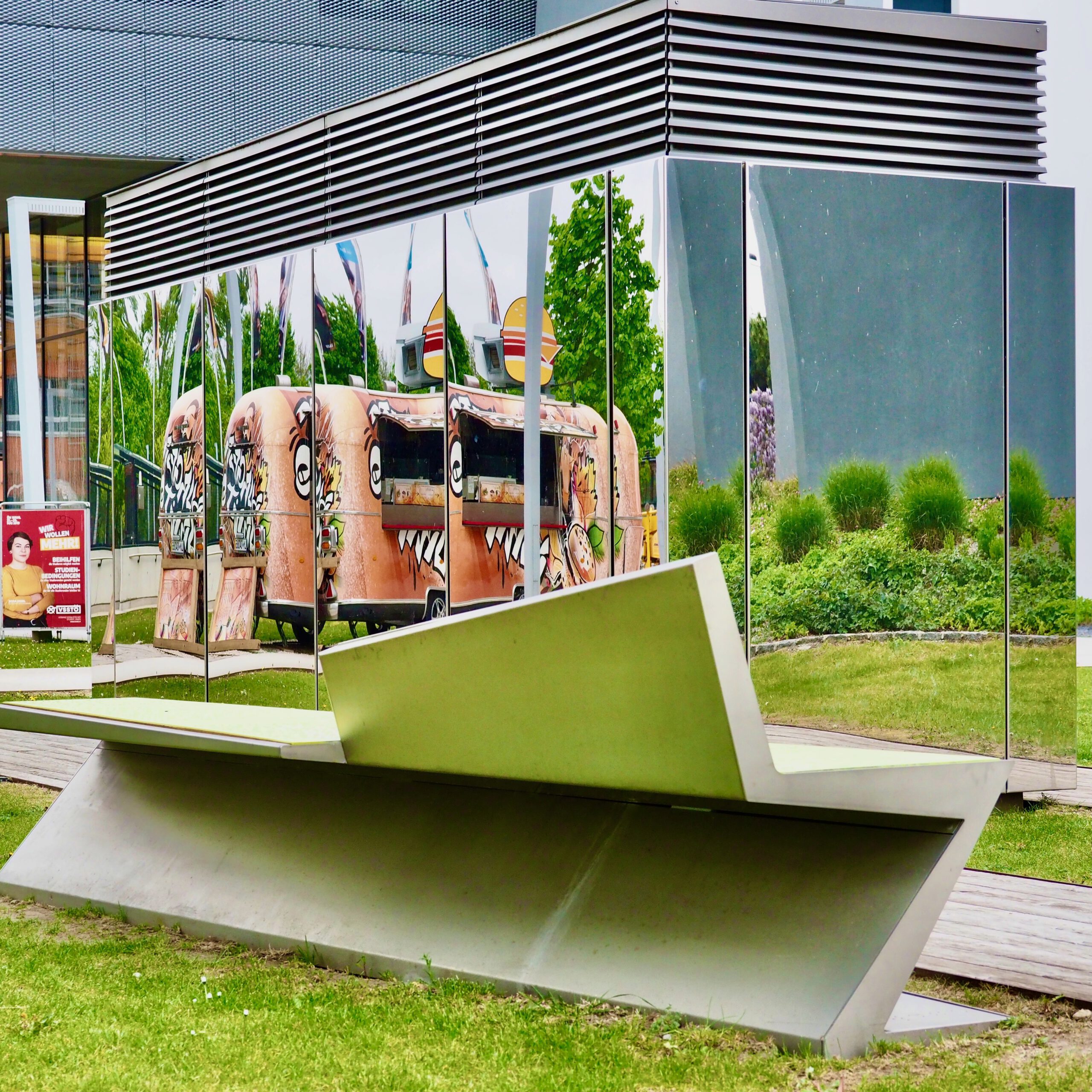
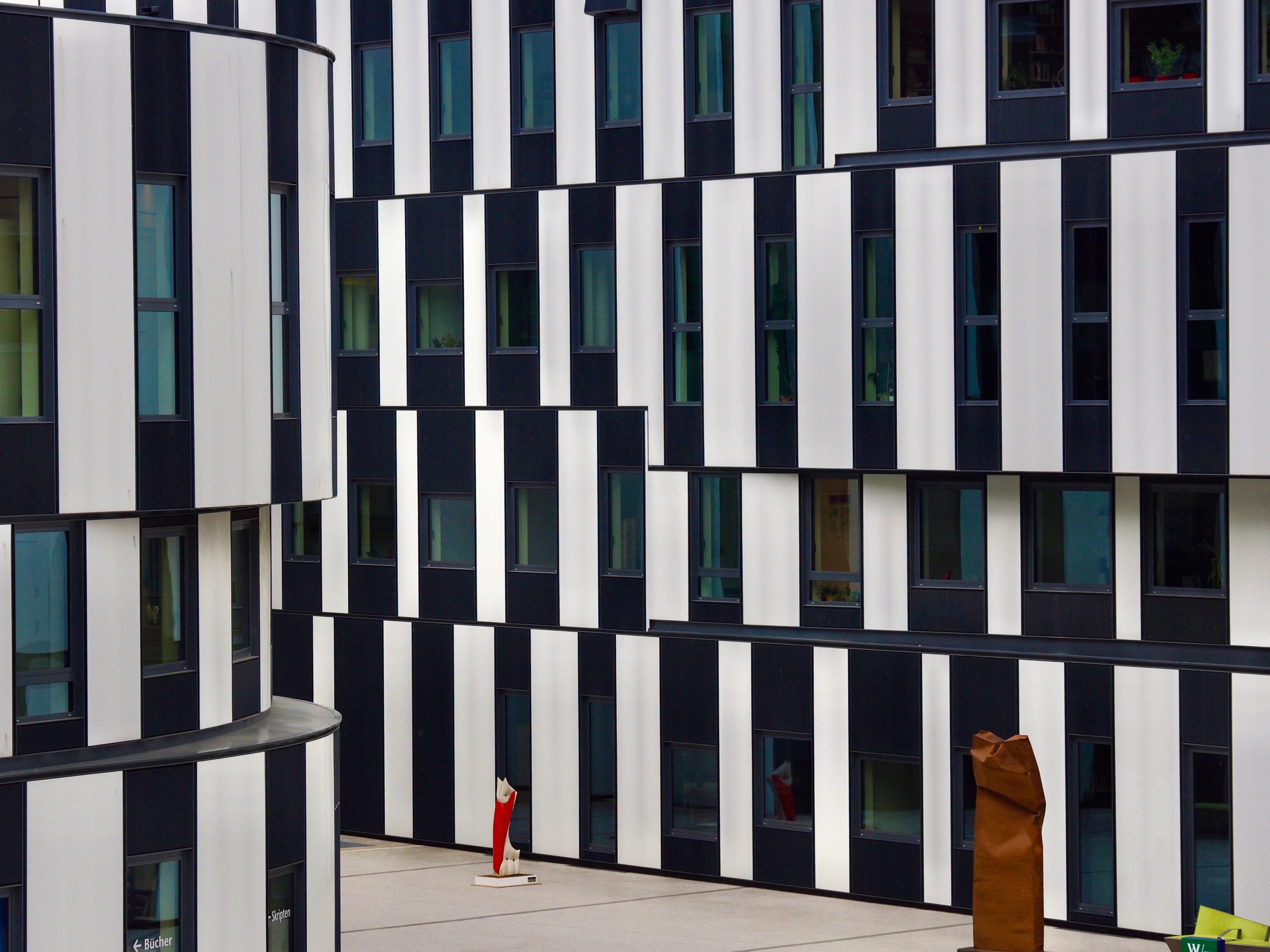
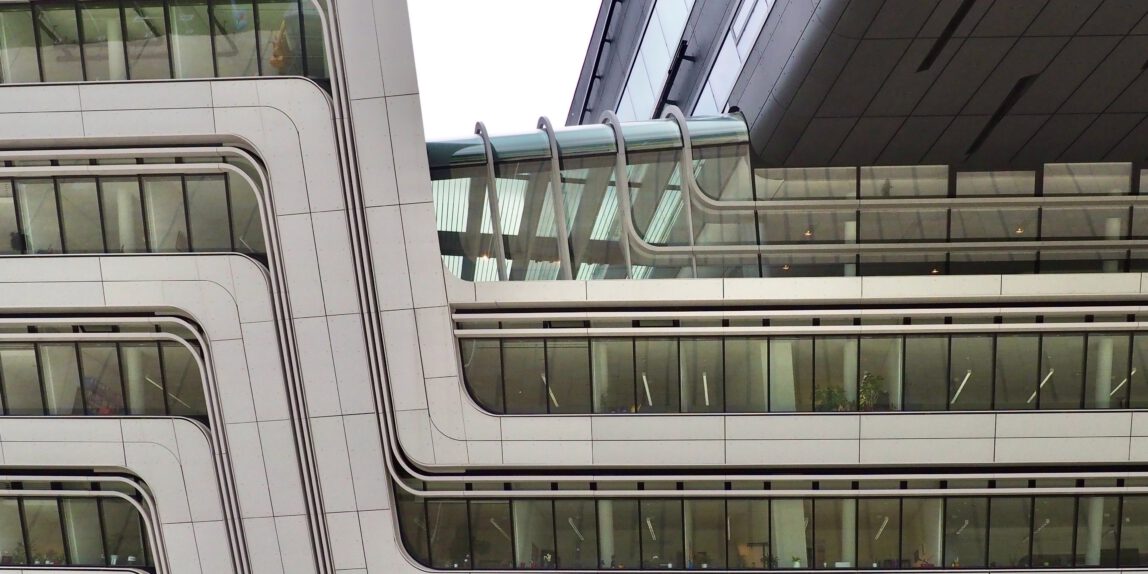
One Reply to “Vienna University of Economics and Business”
Comments are closed.